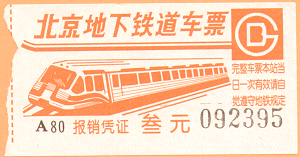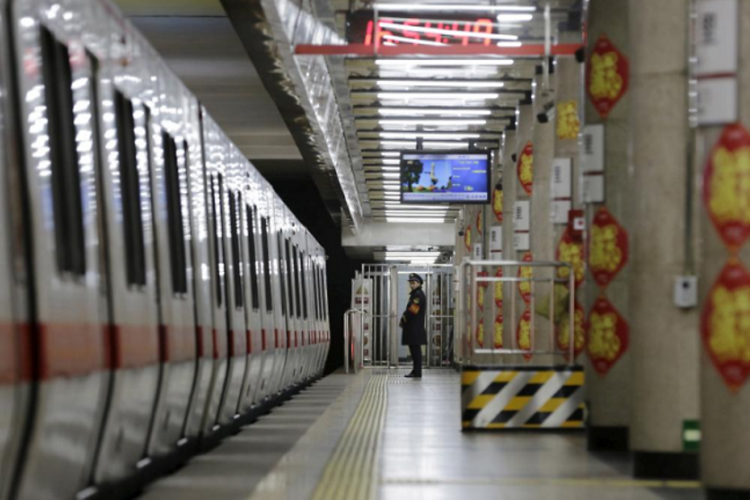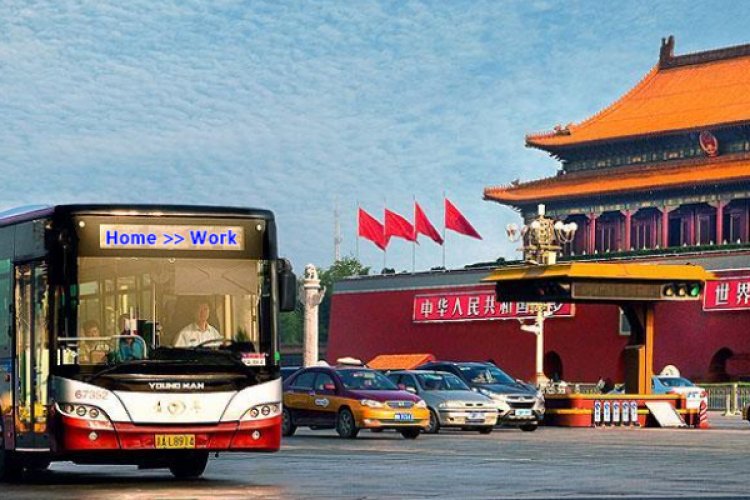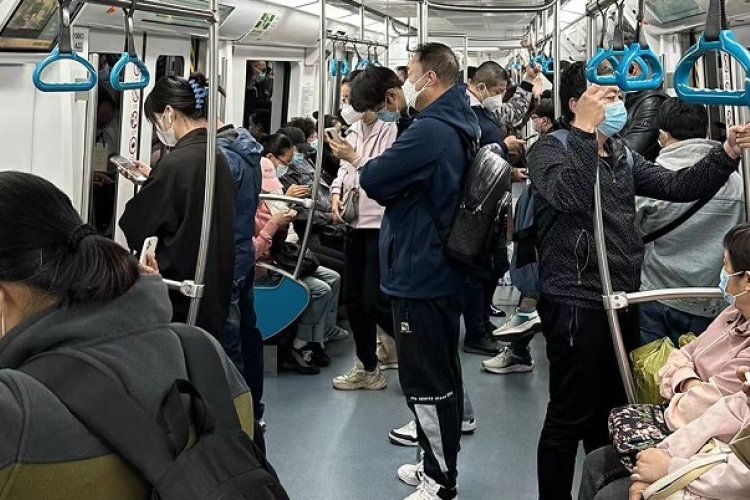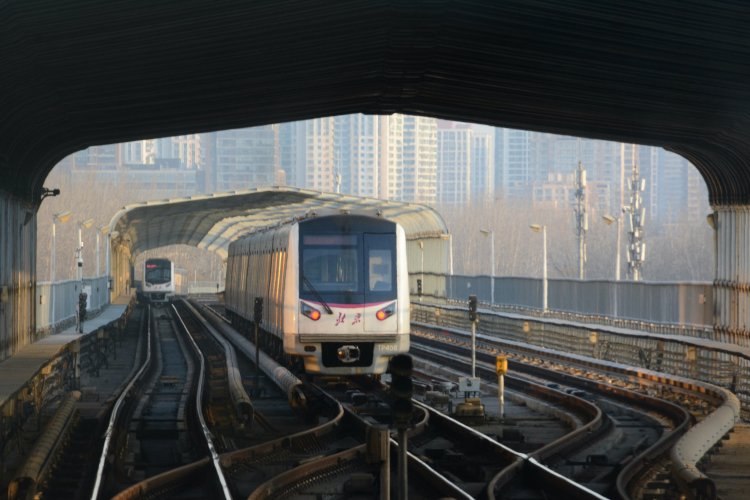Throwback Thursday: Beijing Subway Ends Use of Paper Tickets
From "New subway electronic ticketing system to be introduced on May 17," April 28, 2008:
The People's Daily, picking up on a report in today's Beijing News, report that new electronic tickets, set to replace the current paper ones, will be introduced across Beijing's subway system on May 17. According to the original report, the final large-scale test of the new system was held on Sunday and paper ticketing will come to a halt in mid-May. Currently, most regular commuters use an IC card to pay for the 2 kuai subway trip, and out of towners or irregular subway users pay for a paper ticket that is checked by an attendant as they head down to the platform. From May 17, instead of queuing to buy paper tickets, commuters will line up to purchase electronic tickets at either the regular ticketing windows or from ticket machines, they can then swipe these electronic tickets to access the platform of that station any time that day. The electronic ticket (we're guessing it'll be similar to the little magnetic strips they used to use on Line 13) will then be "eaten" by the machine when you leave the platform at your destination. The new system is supposed to make fare evasion, not that it ever appeared to be a serious problem, much more difficult. It's also reported that the introduction of the new one-way electronic pass will not in any way affect the use of the current IC card.
It wasn't that long ago that Beijing didn't have one of the world's largest subway systems. Not only that, but until almost the lighting of the Olympic torch in August 2008, the system still relied on the purchase of paper tickets to give riders access to the system.
From the time that the Beijing Subway opened in 1969 until June 2008, anyone wanting to ride the Beijing Subway went to a kiosk window manned by an attendant and purchased a small piece of paper, a small ticket with a drawing of a Beijing Subway car on it. They then walked about two to three meters to another attendant, who collected the ticket, or tore a piece of it off if the rider wanted to retain it for reimbursement or other purposes.
At the time of the change, the Beijing Subway, now a multipus covering thousands of kilometers wiith thousands more planned, featured five lines: Line 1, commonly then known as the East-West Line; Line 2, known as the Loop Line or Circle Line; Line 5, from the Temple of Heaven to Tiantongyuan; Line 13, from Xizhimen to Dongzhimen via points north including Haidian; and the Batong Line towards Tongzhou. Line 8 to the Olympic areas, the north and east sections of Line 10, and the Airport Express would follow shortly afterwards.
The transition to electronic ticketing was a move away from "iron rice bowl" jobs, where the need for employment of ticket sellers/takers outstripped a desire for improved technology. At the time Beijing Subway fares were all a flat rate per trip, so calculating distance was not necessary. Also, the single-use paper tickets had an advantage that today's one-time electronic cards do not: they could be purchased in advance, and if necessary, in quantity.
Photo: Urban Rail

